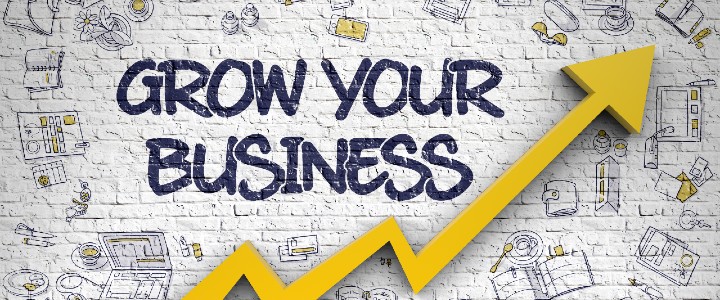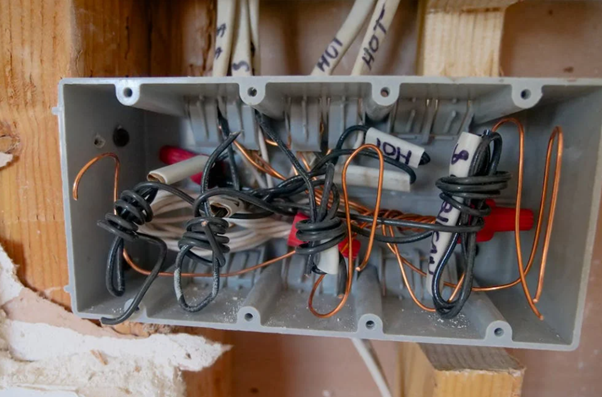Can Businesses Realistically Achieve Carbon Neutral?

Going carbon-neutral benefits both a company’s competitiveness and its ability to generate positive buzz. With a potential 1.5-degree rise in global temperatures around the corner, carbon neutrality also happens to be an urgent moral obligation.
A carbon footprint is the total amount of greenhouse gases an individual or company emits. Offsetting our GHG footprints is key to warding off the worst effects of climate change. So, how can businesses achieve the carbon-neutral milestone?
Even modestly sized businesses can move toward carbon neutrality through time and dedication. Here are some ideas for getting started.
Take Stock of Your Entire Carbon Footprint
The first step is understanding the sources of greenhouse gas emissions throughout your organisation and understanding which ones are under your direct control. Businesses can classify and address their carbon footprint in three main ways:
- Direct GHG emissions: This carbon originates from company properties and vehicles — including fuel consumption, heating and cooling usage, manufacturing and processing equipment, refrigerant systems, waste management and more. It is within the business’s direct purview to make these processes and assets more efficient and environmentally friendly.
- GHG emissions from purchased energy: Purchasing electricity to keep a facility running is an indirect source of carbon emissions, and it’s one that’s getting easier to control. Companies can choose between providers of clean energy and those that use coal-fired power plants to generate power.
- Indirect GHG emissions: These are “downstream” carbon emissions that a company can influence. Having partners to distribute products or raw materials, reusing or recycling end-of-life products, engaging in travel for business and encouraging employees to commute to work all contribute to a company’s carbon footprint. A business with clout can influence vendors and partners to make impactful changes, such as switching to electric vehicles.
Use a carbon calculator to drill down into each of these areas in turn — including air and rail shipping, electricity and heating — to find out how many tons of carbon dioxide each activity produces.
Look Into Purchasing Carbon Offsets
Going truly carbon-neutral is necessary for the health of the climate. It also makes good financial sense. DuPont, General Electric, Unilever, Walmart, Tesco and Sainsbury have all announced plans to cut their energy use and carbon emissions. DuPont, on its own, realised more than $2 billion in savings per year through energy efficiency upgrades alone.
Carbon offsets are a convenient and realistic way for smaller businesses — as well as those without the operating budget of a Walmart or DuPont — to cut back on their GHG footprint. A company that can’t invest in entirely new equipment all at once can buy offsets to meet climate benchmarks.
Companies can purchase one carbon offset at a time — representing a savings of 2,205 pounds of carbon dioxide — or enough offsets to cancel out their entire carbon footprint at once.
Trading on the carbon market makes a statement and takes a practical step toward greening our economy. Carbon offsets don’t directly reduce the greenhouse gases a company emits. Instead, though, the funds are used to invest in clean energy projects that reduce the company’s carbon budget to a proportional degree.
For instance, even if a business changes nothing about who they buy electricity from, or how that electricity is generated, one carbon offset still means one ton of carbon dioxide has been removed from our collective output through investments in clean energy projects.
By 2017, the American Carbon Registry issued more than 80 million individual offsets across more than 200 industrial projects in industries ranging from agriculture and forestry to transportation and manufacturing.
Understand Your Company’s Unique Carbon Cycle
Are your company’s products part of a cycle, or are they more of a dead-end? A considerable portion of the carbon generated by modern industry can be traced to short-sighted or wasteful design and manufacturing processes. For one company, called Peak Design, reckoning with their carbon footprint meant taking stock of how much unnecessary paper, cardboard, foam and other one-time-use materials went into their product packaging.
From packaging and products to facility designs and equipment choices, every activity a company undertakes is part of a carbon cycle. Here’s how companies can make these cycles more sustainable and achieve carbon neutrality:
- Packaging design: The carbon footprint of packaging manufactured with post-consumer materials can be substantially smaller than for packaging made from virgin materials, according to the Sustainable Packaging Coalition.
- Product design: Achieving carbon savings through product design means leveraging the circular economy. Among other things, companies use smarter product designs to produce products that meet our needs for longer without breaking or being discarded, create secondary revenue streams for used or refurbished products, and learn about how their products are used in the real world.
- Facility design: Companies spanning from office complexes to distribution centres can design facilities with carbon neutrality in mind. For instance, going 100% solar at a business location could reduce its carbon output by between 66% and 119%.
Companies also use the Internet of Things to better understand their carbon output and energy use. IoT sensors and internet-connected equipment can help us dive deep into the power consumption of equipment and other physical assets, as well as pinpoint processes that need minor or even radical changes.
A Time for Change
Businesses are uniquely responsible for shoring up their efficiency and making other changes to reduce the amount of carbon dioxide and pollutants they release into the world. Accounting for this footprint and shrinking it — ideally to a carbon-neutral zero — is a longer road for some companies than for others.
By following these steps — including categorising the types of emissions, purchasing offsets and investing in energy-saving technologies — businesses everywhere can carry out this transformation within the time allotted by climate scientists.
Bio
Emily Folk is a conservation and sustainability freelance writer. Check out her blog, Conservation Folks, or follow her on Twitter for the latest updates.




















